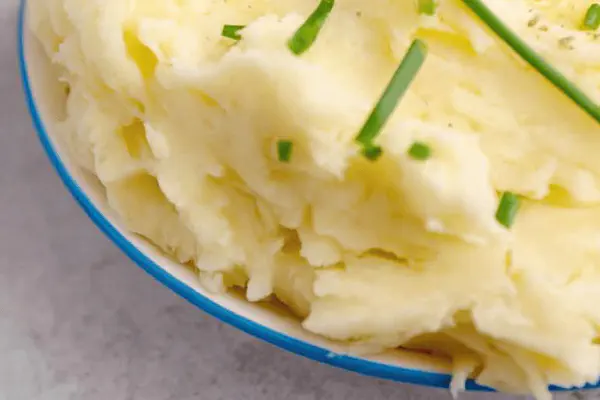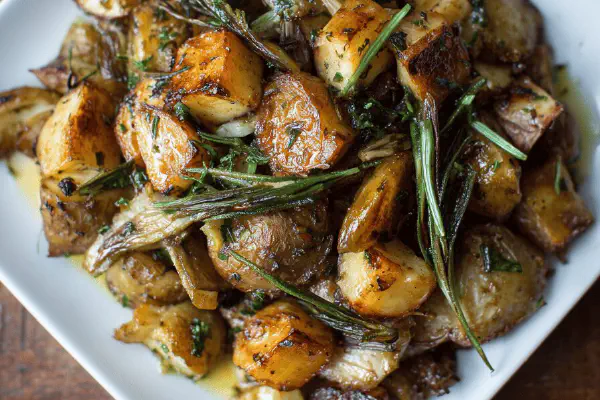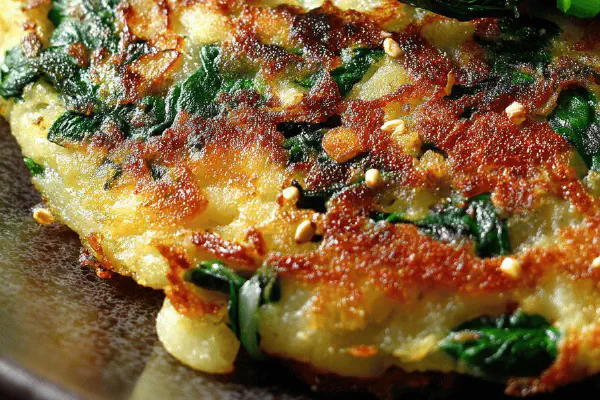Garlic Roasted Potato Gratin

E
By Emma
Certified Culinary Professional
•
Recipe tested & approved
A creamy, layered potato gratin with roasted garlic and Gruyere cheese in place of Jarlsberg. Potatoes thinly sliced, baked till tender with bubbling cheese crust. Garlic roasted until soft and sweet. Finished with a spritz of fresh thyme for an herby twist. Time adjusted slightly to ensure tender, non-soggy tubers. Perfect for sides or a veggie-friendly main.
Prep:
20 min
Cook:
Total:
Servings:
4 servings
#potatoes
#side dish
#vegetarian
#French-inspired
#comfort food
Potatoes layered thick, creamy, bursting with roasted garlic, the kind that fills the kitchen with that earthy sweet aroma. Not your usual Jarlsberg tossed in, swapped for Gruyere — shaper, nuttier bite. Yukon Golds here for their buttery texture, hold shape without turning gluey. Roasting garlic slow unlocks sweetness, not just raw bite — that mellow punch. Timing’s a bit of a dance. Overcook, potatoes mush, undercook raw snap ruins the whole dish. And cheese, don’t skimp — it’s the crust, the golden crown that seals in cream. Past runs? Too fast in oven, you get a burnt top, raw center — patience pays off. Thyme tossed in last-minute, my little tweak for that woodsy note. Layers done right, neat even slices, no clumps, or else you get uneven cook and a heavy mess. These lessons stick.
Ingredients
- 1 head garlic
- 260 ml heavy cream 38 %
- 5 large Yukon Gold potatoes peeled
- 400 ml grated Gruyere cheese
- Fresh thyme sprigs
- Salt and cracked black pepper
About the ingredients
Garlic roasting transforms it mellow-sweet, so roast longer if heads small or oven hotter. Heavy cream’s fat content matters—too lean and gratin loses silkiness; I prefer at least 35%. Yukon Gold is my go-to for consistent cooking, but feel free russets if pressed; just watch for dryness, maybe add a splash more cream. Switched Jarlsberg for Gruyere—easier to find, sharper edge, melts differently but beautifully. Fresh thyme optional but adds subtle herbal complexity, elevates what could be a heavy dish. Salt and pepper to taste, adding gradually—aim to season at each stage so final result sings but not salty. Not everyone has a mandoline—thick potato slices can ruin texture, so if hand slicing, be patient, steady, aim for 2 mm thick slices.
Method
- Preheat oven to 175 C 347 F. Cut off top of garlic head exposing cloves. Wrap in foil tight. Roast 50 minutes until cloves soft and golden, squeeze paste from head once cool enough.
- Mix garlic paste with cream, season with salt and pepper generously. Add thyme leaves for a herbal lift.
- Slice potatoes paper-thin with a mandoline or sharp knife; aim for even thickness to cook uniformly.
- In a loaf pan about 23 x 13 cm, layer potato slices, then spoon over garlic cream, sprinkle Gruyere cheese. Repeat layers ending with cheese on top.
- Bake uncovered 1 hour 30 minutes. Surface should bubble and brown, potatoes fork-tender but still retaining shape.
- Let rest 15 minutes before slicing. Gives structure, prevents sluicing.
- Serve warm beside roasted meats or grilled veggies.
Cooking tips
Roasting garlic first crucial—too raw and it’s harsh, too cooked and it’ll burn. Wrap tight in foil to prevent drying and promote roasting in own steam. Squeeze carefully; some skins might get in—use fork or knife to scrape smooth. Mixing garlic paste with cream evenly isn’t just for flavor; it ensures no overpowering pockets of raw garlic. Layering technique is key: spread evenly to avoid dense clumps that stall cooking. A loaf pan works well; shallow wide pan causes uneven cooking. Covering with cheese last insulates slices, helps keep moisture but gives you that browned, crispy top. Oven temperature dial variances matter—175 C chosen from experience for even cooking. Check doneness with fork inserted into middle, not just edges, starchy potatoes trick you if you look only at corners. Resting before cutting helps it hold shape – if cut too early, gratin collapses and looks sloppy. Patience is a virtue here.
Chef's notes
- 💡 Roast garlic wrapped tight in foil for full sweetness. Watch timing closely – too fast burns it, too slow loses moisture and dries. Squeeze pulp out carefully, some skins will need scraping with fork for smooth cream base.
- 💡 Thin potato slices need uniform thickness; mandoline best for this. If slicing by hand, steady wrist and patience crucial. Thickness around 2 mm; thicker slices risk uneven cooking and clumpy layers.
- 💡 Layer evenly. Spread garlic cream on potatoes evenly; clumps trap moisture unevenly, cause undercooked pockets. Cheese layers on top act like insulation, help surface brown and seal moisture.
- 💡 Watch oven temp. 175 C recommended but every oven varies. Too hot burns cheese top before potatoes cook through. Test doneness with fork in center not edges. Potatoes fork-tender but still holding shape means right timing.
- 💡 Rest gratin at least 15 minutes after baking. This firming step stops dish from sluicing out liquid when cut. Slicing too early = collapse, messy goo. Patience here changes texture completely.
Common questions
Can I substitute potatoes?
Russets work if Yukon Golds not available but watch dryness. Might need extra cream to avoid crumbly texture. Waxy potatoes not advised, don’t break down well.
What if garlic paste is bitter?
Garlic roasting method crucial. If raw or underroast, harsh bite shows. Overroasting turns bitter burnt. Wrap tight in foil to steam, roast until soft golden, not brown-black.
How to know when gratin is done?
Look for bubbling browned cheese top. Fork test potatoes center. Should slide in with little resistance but not mushy. Edges cook faster, ignore those. Visual + tactile key.
How to store leftovers?
Cool completely, cover tight. Refrigerate 3-4 days max. Reheat gently in oven not microwave to restore crisp top layers. Freeze not recommended, cream texture can separate.



